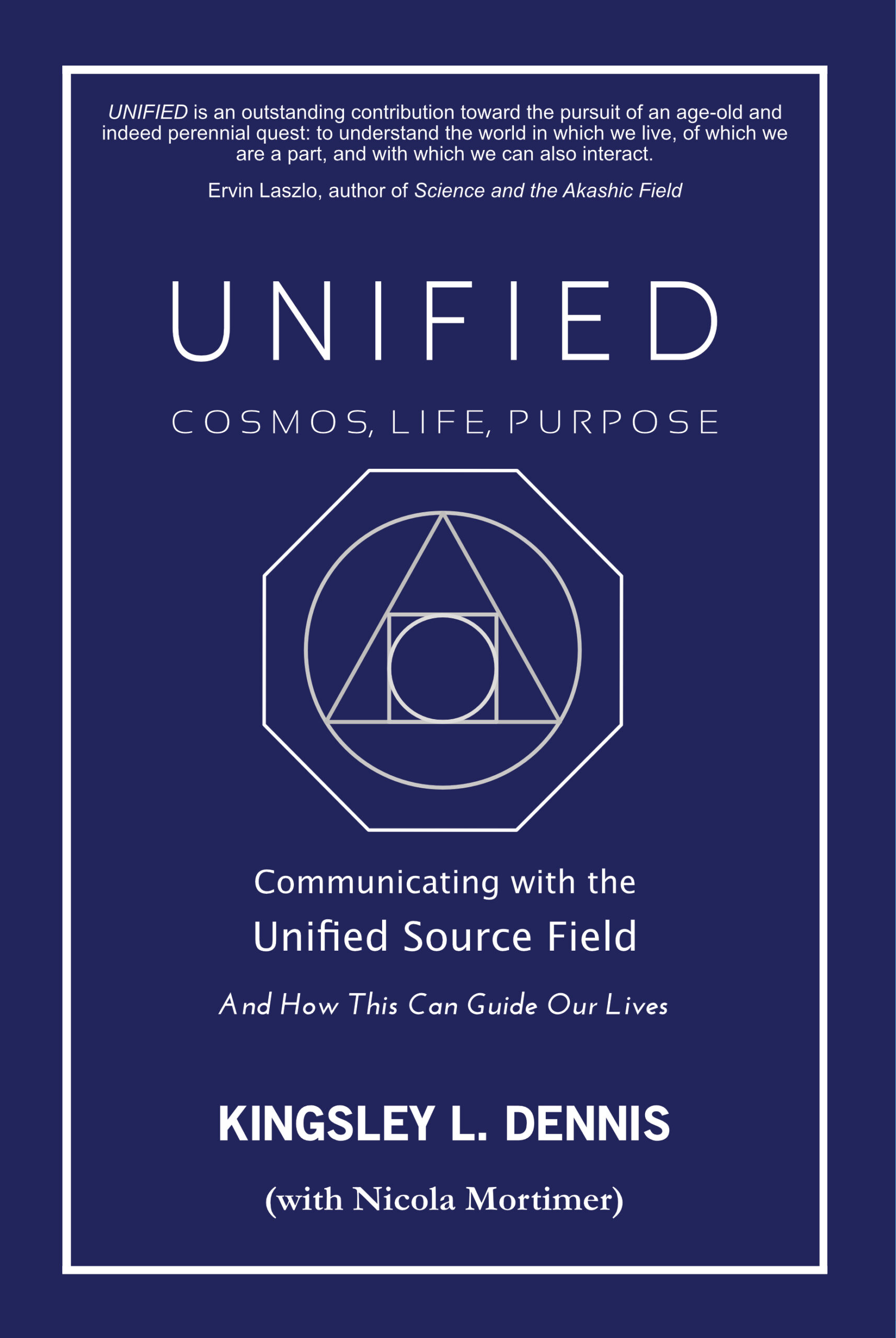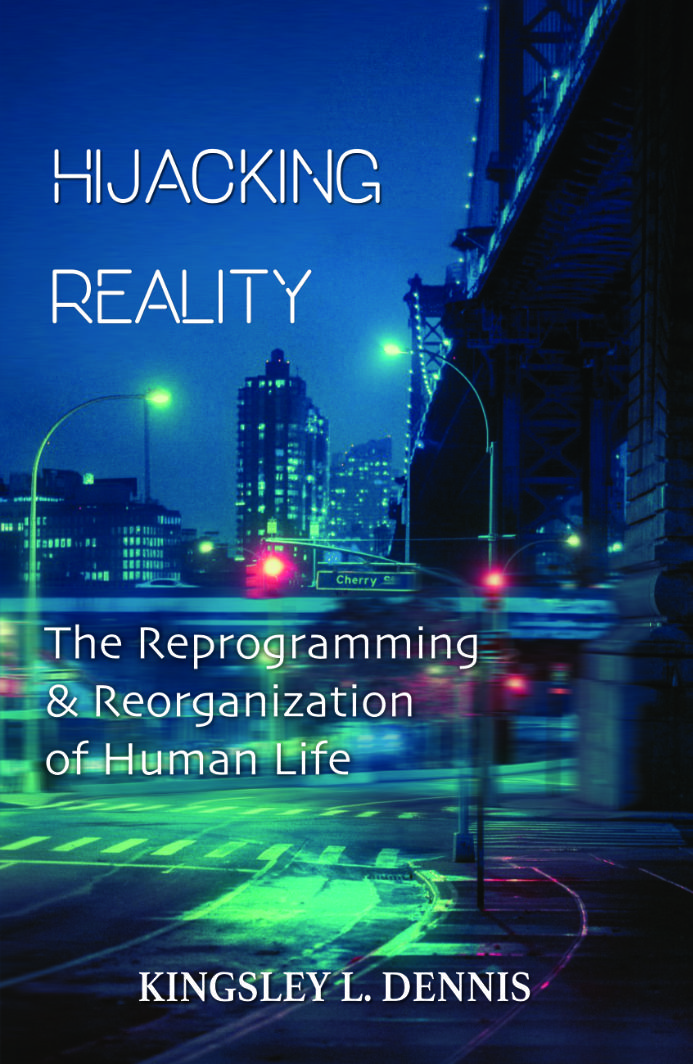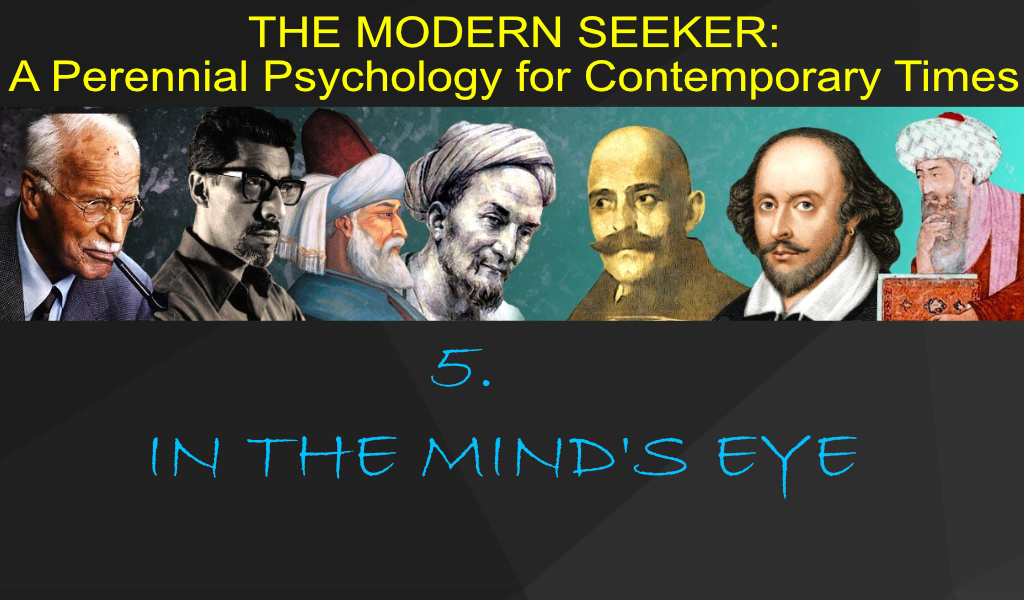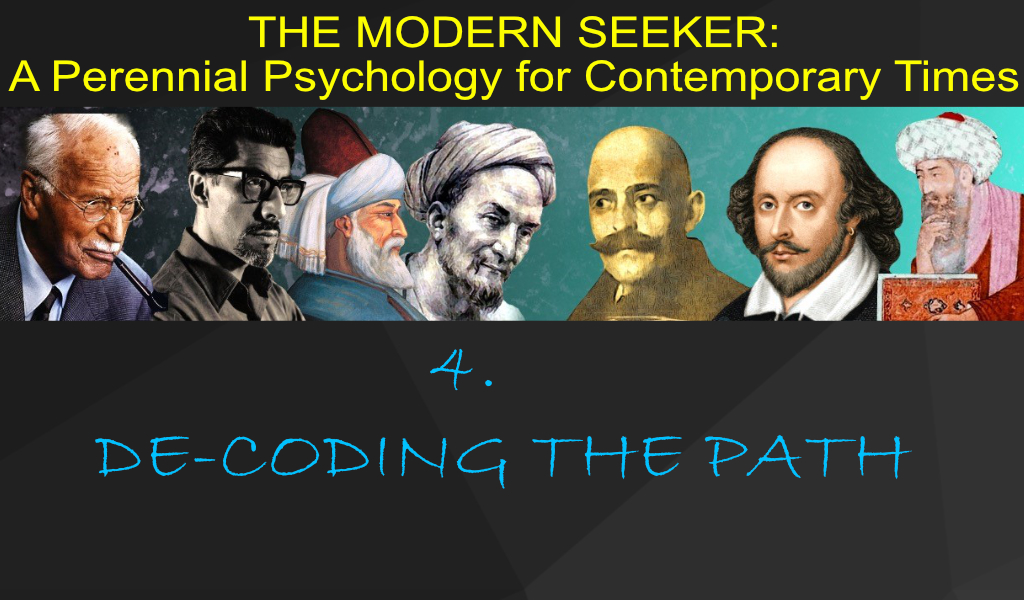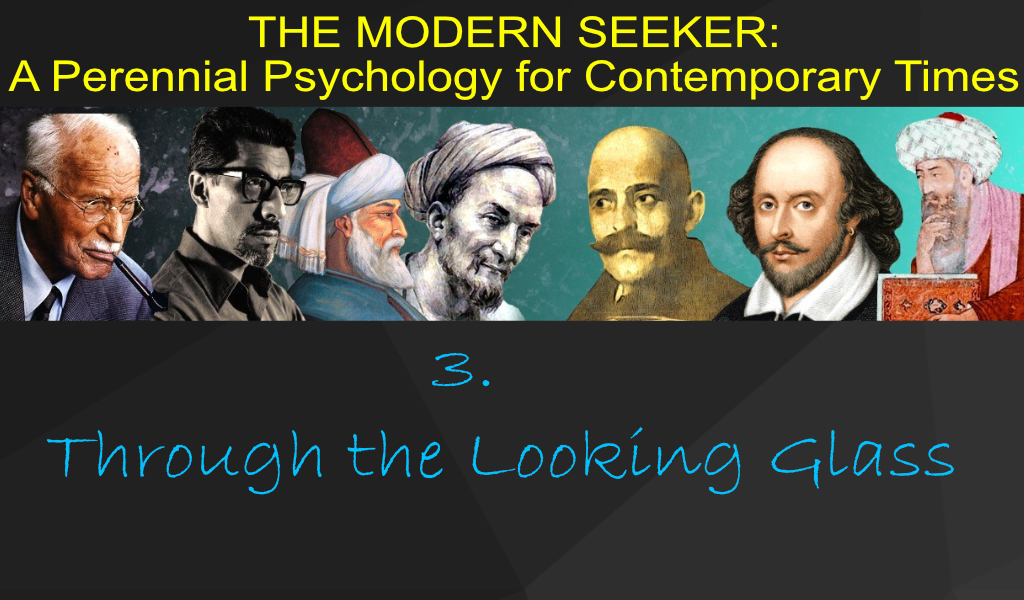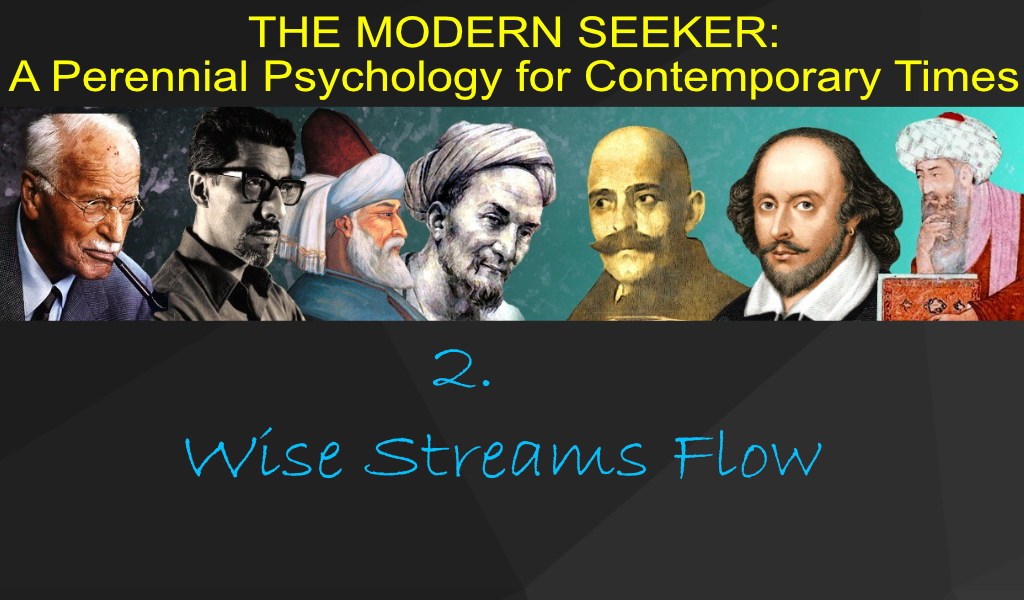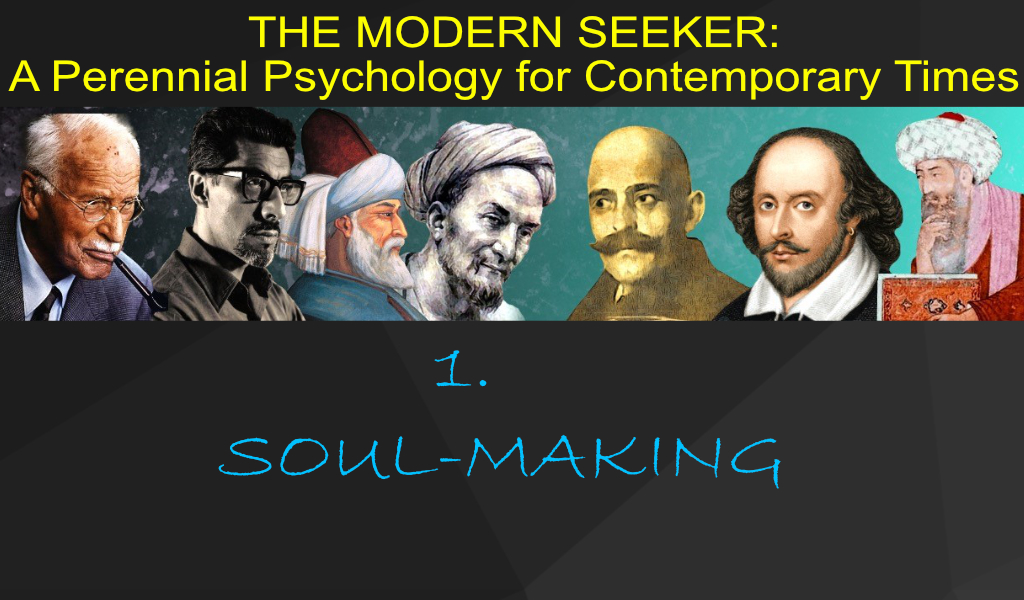For many of us the idea of the ‘bigger picture’ is just a luxury we cannot afford to think about. This is often because we have enough things going on in our daily lives to occupy us – we don’t have the luxury of time to sit back and wonder about the larger significance of human life. We have the here and now to be getting on with. The ‘here and now’ for many of us is not a straight, nor easy, path – and requires its own particular ways of navigation. How we travel that path is what we call ‘living’. Yet it is also a question of how we ‘dress’ for the occasion. To clarify this, I wish to cite a brief episode from ‘Meeting Monroe’ when on one occasion I commented on the fact that Monroe was always dressed so elegantly:
“‘Elegance is an appreciation of the self’ Monroe replied. ‘It is a measure of respect to be, what you would say, presentable. We each must choose our manner and form of negotiating with life. If we are careless and dirty with ourselves, the world appears careless and dirty to our own perceptions. It is a matter of correct perspective – of intentioned organization. We must respect ourselves, if we wish to ask the same from the world that is our reality. You yourself are smart enough. You show you have respect for yourself. You are not a lazy person – although too many people are. If you wish to engage with the world, participate with your reality, you should present yourself for it. You should be saying – “Look, here I am. I’m ready for you. I’m prepared to negotiate with reality. You can work with me – I’m committed”. In this slippery world you walk through, it is important to be impeccable. Don’t give reasons to your detractors. Neither be an excuse for yourself nor an excuse for others to use against you.’
‘You’re talking like we should be warriors’ I replied.
‘That’s right soldier – head up, back straight!’ said Monroe in a tone mocking a drill sergeant. ‘Warriors of a kind’ he then added, smiling. ‘And why should you not be? If you are not a warrior within then you have fear. Fear is one of the most dangerous things for people. Fear pulls a person further into the trap of your reality and lessens your potential for perception. Fear is a wonderful distracter; it keeps you occupied on the mundane, and on the false.’
‘And what are the other dangerous things?’ I asked as we sat down at the table to eat.
‘Self-doubt, of course’ replied Monroe almost casually as he poured me a glass of water. In a sudden flash I realized that in all our meetings it had always been Monroe who had arranged the table, provided the food, and even who served me. Although I was the ‘guest’, in some loose way, I could at least have been more generous in my attitude to serve. This sudden realization flushed me, and I felt so guilty – and greedy. Monroe flicked a quick glance my way, yet said nothing.’
The final realization mentioned in the above encounter – about my lack in service – was about the small details of my behavior. Even this can be said to be part of the ‘presentable warrior’; in that we should be mindful of how we present ourselves through our small daily interactions. As Monroe rightly said – ‘Fear is one of the most dangerous things.’ And fear can appear in our lives in many different guises: such as chaos, disruption, uncertainty, security, need, greed, envy, jealousy, and sloth; amongst others. Perhaps the ‘presentable warrior’ represents a path toward social normality and balance, amidst these many destabilizing forces and influences. Also, to my mind, being ‘presentable’ also suggests being partly invisible and/or anonymous; or rather, to live one’s life without the need for grand gestures for attention. Being ‘presentable’ can refer to one’s elegance in appearance and action; it also suggests the state of one’s being. For example, it may be difficult to call oneself ‘presentable’ when inside we are harboring negative and angry thoughts against someone or something. Elegance is, after all, a thorough state that is both internal and external.
Another aspect of the ‘presentable warrior’ that comes to mind is the ability to absorb those experiences and impacts that we might initially label as either ‘positive’ or ‘negative’ as neither of these categories. That is, impacts which may be seen as orderly or chaotic can work other than how they appear. That is, chaotic impacts may actually serve to create order, and vice versa. I am reminded of the ancient saying: Things seemingly in opposition may in actuality be working together. Also, chaotic events can be learning experiences that may serve as catalysts for our own development. By categorizing something – or someone – as chaotic and/or disruptive may in fact be a way of blocking (or hiding) from the developmental capacity available. I don’t know what Monroe would say about all this, yet I am sure he would consider the best approach, or response, to be an elegant one. After all, it is about having an appreciation of the self. And perhaps one of the best ways to have such an appreciation is to stop categorizing everything that crosses our daily path. Instead, we can deal with the details of our lives as learning opportunities rather than wasting our time labeling everything. Is not this more elegant, a more presentable way to warrior against life – as a flowing participant and not an orderly archivist And maybe, just maybe, we have to re-invent ourselves sometimes to present a more elegant ‘us’ to the world. None should say: ‘I can trust’ or ‘I cannot trust’ until he is a master of the option, of trusting or not trusting. ~ Idries Shah, Reflections [1] An archivist is an information professional who assesses, collects, organizes, preserves, maintains control over, and provides access to records and archives determined to have long-term value. (Wikipedia) – sound familiar?



